Blog
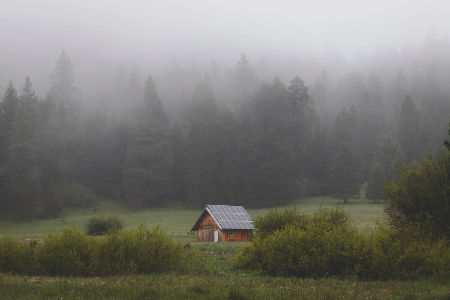
13 Tips to Help You Build An Energy Efficient Tiny Home
In the past few years, the tiny house movement has skyrocketed as we see more and more people move out of their big houses to small homes. Two of the major top advantages of living in a tiny house are their low energy consumption and eco-friendly building materials.
While heating, appliances and security are cheaper than your average house – most people join tiny house communities due to the minimalistic footprint tiny homes leave, and the cost savings.
If you are considering moving to a tiny home, have an architect draw a little house design per your specifications. Due to there being many tiny house builders, it won’t be hard to get a custom floor plan. Before providing tips for building a mobile home or tiny permanent home, let’s first understand what a tiny house is.
Understanding a Tiny House
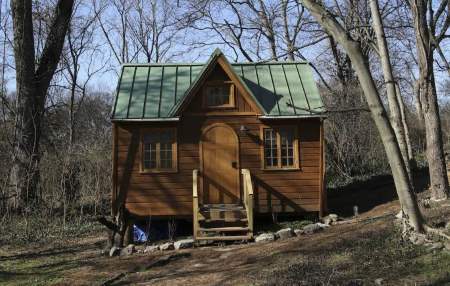
In some cases, these small residences are also referred to as net-zero energy-efficient housing. Most tiny homes are built on a mobile platform (and can be towed to place to place), while some can be built on a permanent home foundation.
Unlike a typical American home that averages 2600 square feet, a tiny house takes averages about 186 square feet. This means that a lot for a typical American house can hold about 13 tiny houses.
Many tiny homes are designed to consume less energy than an average home utilizes, meaning that the homeowners pay little to no money for electricity as these homes are “off-grid” which are powered by solar panels, wind turbines or rechargeable batteries.
When building a low-energy consumption structure, you must understand that it’s not about maximizing energy production but rather minimizing energy usage.
You may ask, “Why?” Because if the tiny house community was all about energy production, they would just install solar panels on their roofs. That said, you must ensure that your house can produce the energy you need to use, and that’s where the builders and architects come in, as they are experienced in this type of work.
Tips for Building an Energy-Efficient Tiny Home

Do you want to construct a small house? These tips will help your tiny home builders build a net-zero energy-efficient structure.
- Use ICF Construction
Several techniques are used in building tiny homes, but the ICF (insulated concrete forms) construction is the most effective method. When using ICF blocks, which are foam insulated, are designed to fit together perfectly. This means your home will have no air gaps as the ICF blocks do not permit air to pass through.
They are excellent means of controlling the temperature in your tiny home since no outside air gets in, and the inside air does not go out unnecessarily, thus taking you closer to your goal of a net-zero home.
Some other benefits are:
- The blocks are fairly solid, so you don’t need to worry about pests, mice, rats or bugs tunneling through them.
- The blocks are coated in a highly resilient outer shell, which is very durable to rain, snow, ice and even hail.
- They’re lightweight and extremely easy to transport, move and replace.
- Pay Attention to Insulation
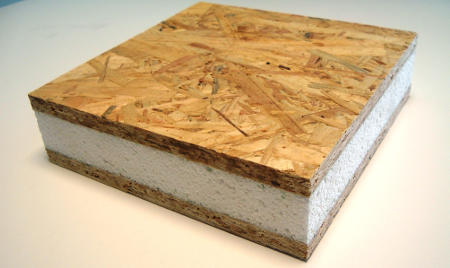
Yes, ICF blocks provide insulation for your walls, but you must also ensure that your whole structure is adequately insulated. You can use foam insulation on your roof and other small spaces to maintain the optimal temperature.
Make sure to also pay attention to the flooring. The tiniest houses’ floor plan comprises four sections: trailer decking, subfloor framing, subflooring, and finished flooring. The builders use four layers to insulate your floor against moisture and pest, allowing you to save money on heating.
- Add Barriers and Weatherproof Your Tiny Home
Although the ICF blocks prevent air from entering or leaving your home, a little may still manage to sneak through. So, you must insulate your house and seal all the cracks in the wall. You can further protect your tiny home from outside elements by using insulated vinyl siding. You can also weatherproof your windows and doors to prevent air from getting in or escaping through the gaps.
- Use Solar
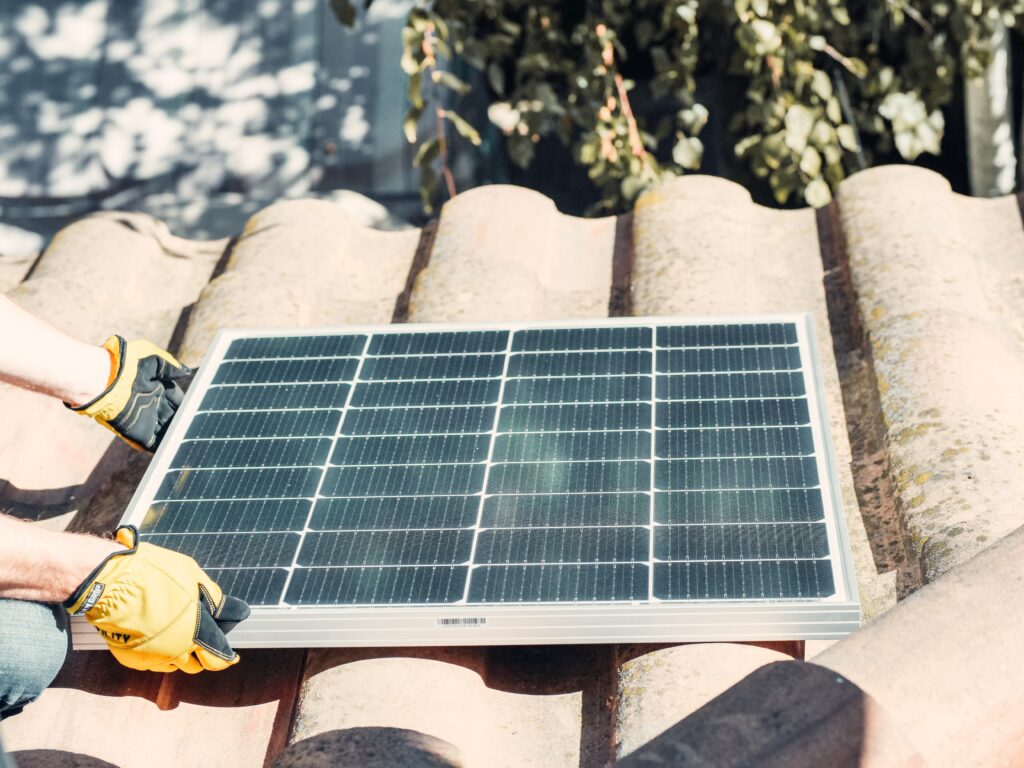
When trying to minimize electricity, it is best to use renewable energy, like solar power or wind. You can install solar panels on your tiny home’s roof to maximize the solar uptime of your panels. Make sure to conduct regular maintenance, as the aluminum frame, silicon layer and even the back sheet can be damaged or become dirty – thereby diminishing the effectiveness of your panel.
Instead of solar panels, some tiny homeowners have installed wind turbines on their houses, especially if they live in a windy location. However, you will only get enough power for your house if the winds are high.
You can also install solar-powered AC and use the sun’s heat to keep your house cool. Another strategy is to install outdoor solar lights. These are lights that are powered by the sun. So instead of having cords running from the house and surge protectors, install these solar lights outside. You can install string lights on your pathways and floodlights at the roof’s edges to give you a better nighttime view.
- Use Energy Star Windows
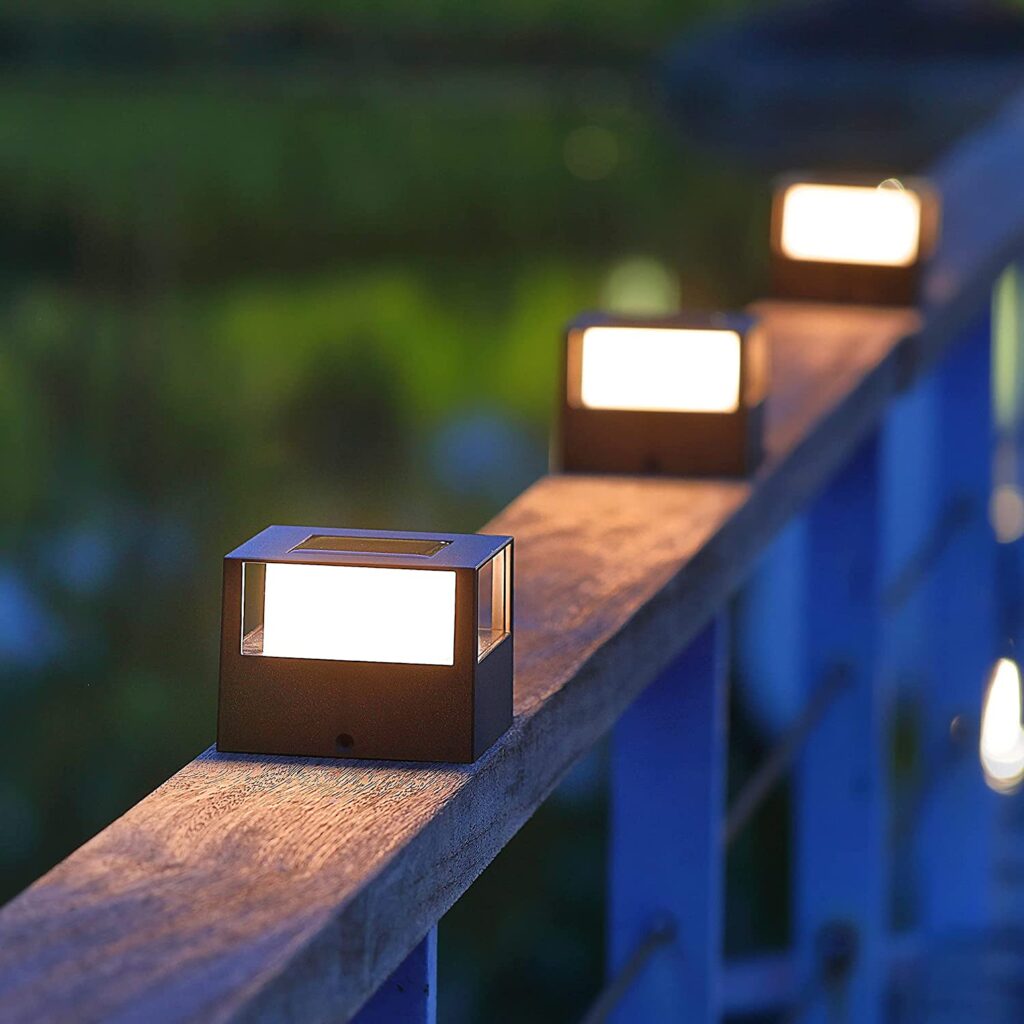
If you use traditional windows in your tiny home, you will be wasting about 30 percent of your heating and air conditioning, meaning that you are not building an energy-efficient house. It’d be best to consider installing Energy Star windows to prevent heat and air loss from your home. Please ensure the windows are certified by the US Department of Energy.
- Energy-Efficient Lights
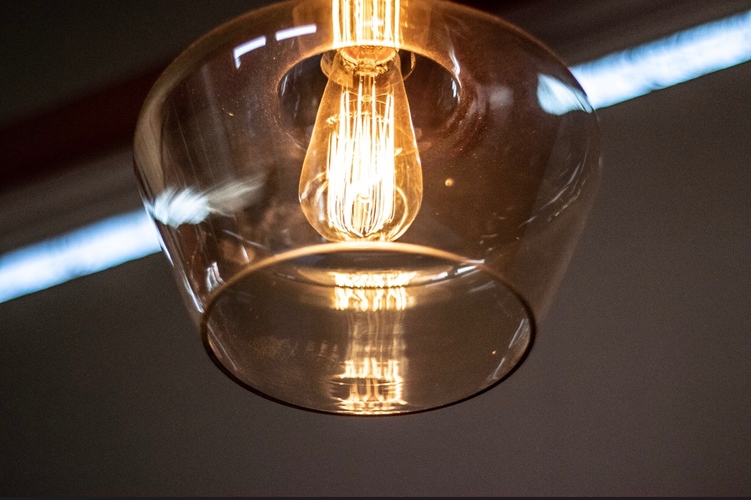
If you are using regular bulbs, shift to LED bulbs to save energy. This is because LEDs consume 90 percent less energy than regular light bulbs, saving on energy costs for the average American homeowner.
- Rainwater Catchment System
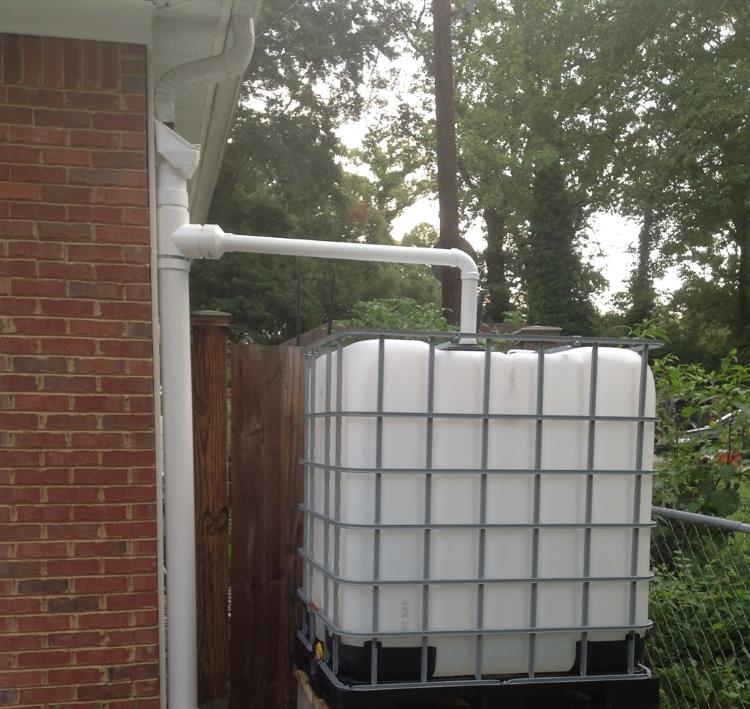
Most tiny homes harvest rainwater for showering, washing clothes, flushing toilets, and irrigating the plants in their gardens. Some install a purification system for drinking water. If you decide to install a water catchment system in your tiny house, please check with the local regulations to ensure it is allowed in your area.
- Use a Tankless Water Heater
Instead of the traditional water heaters, tiny homes utilize tankless water heaters as they are efficient and only heat water when needed.
If you are a minimalist living off the grid, solar water heaters are the best option if you are not a fan of cold showers. They enhance sustainability and are an affordable solution to minimizing energy usage in heating, storing, and insulating hot water.
- Energy Star Appliances
It is generally agreed that household refrigerators in the US consume too much energy. You can reduce your carbon footprint by switching to Energy Star appliances, which use less energy and are much more suitable. And instead of drying your clothes in a dryer, hang them outside and use the sunlight and wind.
- Loft Bed
Since your living area is small, please make the most of it by installing a loft bed. It ensures you can utilize the space below for a study table, bookcase, clothes storage, or other vital fixtures.
- Eco-Friendly Flooring
As the tiny house movement is about maximizing space, many of these homes have little floor space. But it’s still recommended that you use eco-friendly flooring, like bamboo, suitable woods, and natural linoleum.
- Composting Toilet
A composting toilet is the best amenity for a tiny home. It is simple to install and effortless to use. The best part is it uses organic materials and aerobic bacteria to break down the waste. The waste is stored in removable packages for easy disposal per state regulations. Some homeowners prefer to use the waste in their gardens.
- Build a Tiny Garden
The tiny home movement is all about simple living and sustainability. So, consider creating a DIY garden in your backyard and start growing vegetables, fruits, and herbs. Consider climbing plants to maximize the space.